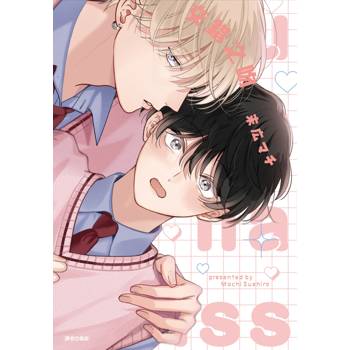Psychoanalysis has always been based on the eclipse of the visual and on the primacy of speech. The work of Jacques Lacan, though, is strangely full of references to the visual field, from the intervention on the mirror stage in the Forties to the elaboration of the object-gaze in the Sixties.
As a consequence, a long tradition of film studies used Lacanian psychoanalysis in order to explain the influence of the subject of the unconscious on the cinematographic experience. What is less known is how the late Lacanian reflection on the topic of analytic formalization opened up a further dimension of the visual that goes beyond the subjective experience of vision: not in the direction of a mystical ineffable but rather toward a subtractive mathematization of space like in non-Euclidean geometries.
| FindBook |
有 1 項符合
Jacques Lacan and Cinema: Imaginary, Gaze, Formalisation的圖書 |
 |
Jacques Lacan and Cinema: Imaginary, Gaze, Formalisation 作者:Bianchi,Pietro 出版社:Karnac Books 出版日期:2017-01-19 語言:英文 規格:平裝 / 15.2 x 22.9 x 1.9 cm / 普通級 |
| 圖書館借閱 |
| 國家圖書館 | 全國圖書書目資訊網 | 國立公共資訊圖書館 | 電子書服務平台 | MetaCat 跨館整合查詢 |
| 臺北市立圖書館 | 新北市立圖書館 | 基隆市公共圖書館 | 桃園市立圖書館 | 新竹縣公共圖書館 |
| 苗栗縣立圖書館 | 臺中市立圖書館 | 彰化縣公共圖書館 | 南投縣文化局 | 雲林縣公共圖書館 |
| 嘉義縣圖書館 | 臺南市立圖書館 | 高雄市立圖書館 | 屏東縣公共圖書館 | 宜蘭縣公共圖書館 |
| 花蓮縣文化局 | 臺東縣文化處 |
|
|
圖書介紹 - 資料來源:博客來 評分:
圖書名稱:Jacques Lacan and Cinema: Imaginary, Gaze, Formalisation
Total Black Empowerment Through the Creation of Powerful Minds
Why Ferenczi?
Justice-Involved Youth: Healing Through Trauma with Creativity and Community Regeneration + Peer-Support Workbook
Justice-Involved Youth: Healing Through Trauma with Creativity and Community Regeneration + Peer-Support Workbook
Talking the Talk: Language, Psychology and Science
Talking the Talk: Language, Psychology and Science
The Psychology of Advertising
Psychological Assessment of Adult Posttraumatic States: Phenomenology, Diagnosis, and Measurement
Digital Addictions: An Interdisciplinary Approach to Behavioral Addictions and Digital Media
The Twentysomething Treatment: A Revolutionary Remedy for an Uncertain Age
Why Ferenczi?
Justice-Involved Youth: Healing Through Trauma with Creativity and Community Regeneration + Peer-Support Workbook
Justice-Involved Youth: Healing Through Trauma with Creativity and Community Regeneration + Peer-Support Workbook
Talking the Talk: Language, Psychology and Science
Talking the Talk: Language, Psychology and Science
The Psychology of Advertising
Psychological Assessment of Adult Posttraumatic States: Phenomenology, Diagnosis, and Measurement
Digital Addictions: An Interdisciplinary Approach to Behavioral Addictions and Digital Media
The Twentysomething Treatment: A Revolutionary Remedy for an Uncertain Age
|










